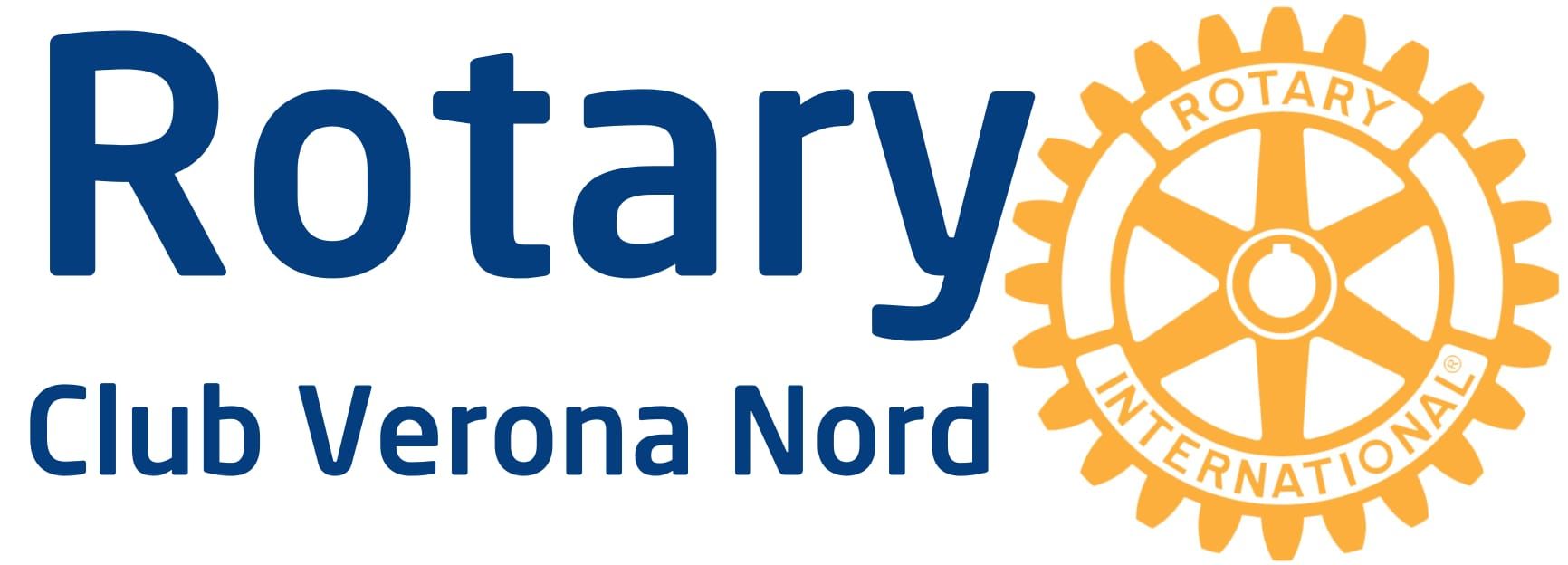Rotary International
World's first service organization
HISTORY
Rotary was founded on February 23, 1905, when an attorney Paul P. Harris - and three of his friends gathered in a small office in downtown Chicago (Illinois, USA) to revive this thrilling city of the beginnings of a new century the spirit of serene friendship that they had known in their native villages. News of the birth of a new club spread quickly, and more men were invited to join. They called their new club "Rotary" to describe the then customary practice of meeting in rotation at the workplaces of various members.
Originally born out of friendship, the first Rotary club immediately put the talents and personal resources of its members at the service of the local community. By the end of 1905, the Rotary Club of Chicago already had 30 members. Three years later, a second club was opened in San Francisco (California, USA) and, in the following year, three new clubs were added on the coast.

Paul Harris - Founder of Rotary

The First Four Rotarians
In August 1910, the first Rotary Convention took place at the Congress Hotel in Chicago and, on that occasion, the National Association of Rotary Clubs was organized with 16 club members, of which Paul Harris, the founder of Rotary, became the first President. Rotary's international growth during the 1911-12 year, the association became international with the creation of a club in Winnipeg (Manitoba, Canada). Soon, Rotary crossed the Atlantic to charter clubs in England, Ireland, and Northern Ireland. Thus, the National Association of Rotary Clubs, which had become the "International Association of Rotary Clubs" in 1912, took the name of "Rotary International" (RI) in 1922.
Before reaching its 20th birthday, the Rotary Association had grown to approximately 200 clubs with a total membership of more than 20,000 members from all over the world: The first Rotary club in Latin America was organized in Havana (Cuba) in 1915. The first in Asia arose in Manila (Philippines) in 1919. In 1921 the first Rotary clubs in Continental Europe (in Madrid, Spain), in Africa (in Johannesburg) were organized , in South Africa) and Australia (in Melbourne). In 1923, Rotary then entered Italy with the Club of Milan.
Rotary in the service of peace
As Rotary grew, so did its activities. During World War I, Rotary discovered new possibilities of service by responding to appeals for relief from the victims of war upheavals and organizing fundraising and material goods campaigns in some countries to lend a hand to affected nations. In 1917, the then outgoing RI president - Arch Klumph - proposed the creation of an endowment fund, which, in 1928, became the "Rotary Foundation" (FR). The Foundation awarded its first US $ 500 humanitarian grant in 1930 to an association for sick children, the International Society for Crippled Children.

After the 2nd World War, many clubs that had in the meantime been dissolved were reconstituted and resumed their service activities with, among others, assistance projects in favor of refugees and prisoners of war. Rotary International sent the largest delegation ever to represent a non-governmental organization (NGO) to the United Nations Constitutive Charter Conference in San Francisco in 1945: 49 Rotarians, serving as delegates, experts, and advisors. A Rotary-sponsored symposium in London in 1943 for ministers of public education, teachers and educators sparked the spark that three years later, in 1946, would lead to the establishment of UNESCO, the United Nations Educational Organization. , Science and Culture.
After a modest initial pace of development, The Rotary Foundation took a hit in 1947 when it received substantial financial contributions from Rotarians on the occasion of the death of Paul Harris on January 27 of that year. In fact, this allowed the Foundation to launch its first program - Scholarships for Graduates (now called “Ambassadorial Scholarships”) - sending 18 students to study abroad in 7 countries. Today, more than 1,300 students can go to study abroad thanks to a scholarship from the FR
During the eventful 1960s, two Rotary programs aimed at young people began: Interact and Rotaract. Interact clubs (for young people between 14 and 18 years of age) and Rotaract clubs (for young adults between 18 and 30 years of age) operate under the leadership of a sponsoring Rotary club and give young people the opportunity to take participate personally in initiatives in favor of their local community and in educational programs to develop their leadership skills, as well as in programs designed to promote peace and international understanding. This reflects Rotary's continued concern for the welfare of youth.
Rotary for young people
In the founding mission and in the history of Rotary, particular attention is paid to the new generations, with a multiplicity of actions aimed at the cultural and professional promotion of young people from all over the world, including the granting of scholarships that annually allow 1000 young people deserving - in no case belonging to the Rotarian family - to specialize in large universities and institutes of higher education of international importance.
Rotary is among the organizations most committed to addressing major humanitarian problems
Among the main areas of intervention of the organization are maternal and child health, water and sanitation, basic education and literacy, and disease prevention and treatment. Thanks to its business model and goal-oriented approach, Rotary has attracted the attention of other organizations that are now working with us to address these humanitarian priorities.
Rotary invests in people to generate sustainable economic growth.
Rotary supports micro-entrepreneurship and helps young people and women enter the world of work. Rotarians help communities by encouraging initiatives aimed at sustainable economic development.




